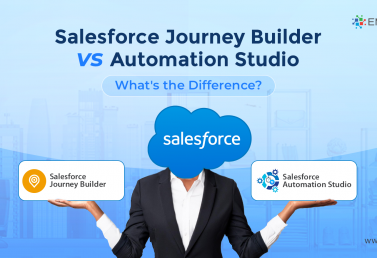A BRIEF HISTORY OF CALL CENTERS
The evolution of customer call centers is as staggering and emblematic as the technology that has supported this remarkable growth. In the past, telemarketing, telecommunications, and service call centers relied solely on warm bodies – who often lacked expertise – to address customer needs over the phone. Eventually, service centers began relying on overseas outsourcing to dramatically cut operation and labor costs; but measures like these came at a bigger cost – decreased customer satisfaction. So, chatbots and CRM cloud are replacing call centers.
Customers became accustomed to long call times with non-experts and often frustrating results. For instance, when a user was having an issue with software, they would call customer service, usually an overseas call center, seeking a solution to their problem. The call center rep would then simply reference the established troubleshooting guidelines in a systematic manner based on what he or she interpreted to be the source of the pain point. But without expertise, a resolution was often elusive and customer satisfaction plummeted. Though the call may then have finally been escalated to a technician or specialist that could potentially alleviate the issue, customers could spend countless hours over the phone trying to fix what was broken.
SYNCHRONOUS CHATS & ONLINE COMMUNICATIONS REVOLUTIONIZE CUSTOMER SERVICE
Today, synchronous chats and online communications have elevated the customer service experience and enhanced businesses’ ability to resolve issues and increase customer loyalty and satisfaction. Cloud technology, artificial intelligence or machine learning have replaced the need for non-expert CSRs. And website messaging services, called chatbots, give both big and small businesses a hands-on approach in interacting with their customers, day or night, in a meaningful, tailored and customizable way. And thanks to CRM technology, every ounce of data that is collected through these methods can be recorded and leveraged to boost customer engagement and satisfaction initiatives.
Chatbots are available on-demand and often serve as the first touchpoint in the customer complaint resolution process. These implementations can include text and/or voice communications and helpful visual cues.
Chatbots have become more robust due to artificial intelligence or machine learning techniques that grow and evolve based on the data entered into the system by users. By accumulating and parsing the data that is entered, chatbots increasingly gain efficiency weeding through questions and delivering solutions.
While chatbots are increasingly ubiquitous, contact center software has also revolutionized the customer service sector, allowing companies to manage all communications from a single source (or cloud-based CRM) and address customer issues on demand.
CRM and service center solutions give customers easy access to businesses and, in turn, allows those businesses to leverage the incoming data to enhance future touchpoints and customer engagement via smart business intelligence and customized analytics.
And Chatbot messaging and troubleshooting never gets lost in translation and are thus a smart and effective communications vehicle in terms of engaging and servicing a global audience. Chatbots customer service enhance expansion possibilities, ridding businesses of the need for expensive interpreters or communication experts in a wide range of languages should they decide to expand internationally. A chatbot can be implemented to recognize native languages and geographical customer habits. Revolutionary stuff.
The best solutions today utilize integrated systems that include both on-demand chatbots and cloud service centers. Personalization based on segmented interaction data is also key, as industry focus is tightening on specialized market segments and unique customer needs.
Due to these technologies, your customers are now able to contact your call center – day or night – to schedule a callback or trigger a chat conversation directly from your website or mobile app. They can use their smartphones to share images and facilitate communications that help agents to better and more quickly understand their pain points. And of course, with a chatbot implementation, nobody needs to be manning your customer service day and night; and it can augment the need for extra personnel during heavy traffic periods as well.
Chatbots are now a popular implementation and are poised to evolve even further, due to the cumulative data and machine learning improvements. Essentially, the longer chatbots are active the more effective they become.
Businesses can get creative with their chatbot implementations and customization, like designing architecture that leverages natural language understanding, analytics, conversational flow editing, and use APIs to connect to backend systems.
THE CUSTOMER SERVICE FUTURE IS BRIGHT
Customer service has evolved from a labor-intensive, often ineffective, cumbersome communications tool to a personalized, data-driven, intelligent tool was able to enhance virtually every aspect of your customer engagement, satisfaction and acquisition processes. CRM tools and cloud technology customer communication solutions will continue to revolutionize the way your customers communicate with you and how their needs are met.
Want to learn more about how a Chatbots customer service Implementation can enhance your customer service initiatives? Let’s talk.


